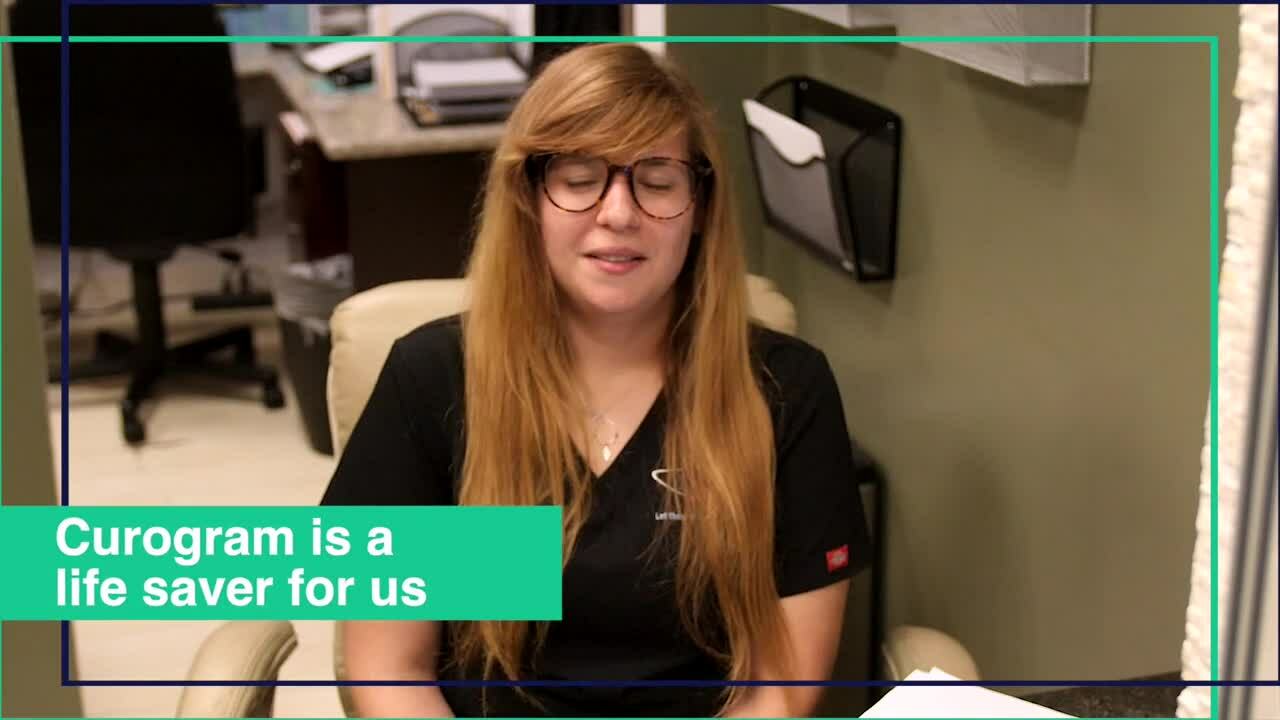According to studies, the factors influencing patient no-shows are patient-related, environmental, financial, and scheduling-related. Healthcare providers use technology to reduce patient no-shows and increase healthcare care and patient satisfaction.
Patient no-shows are a barrier to delivering quality healthcare and positive health outcomes. But what causes patients to miss their appointments? No-shows happen when patients fail to attend a scheduled appointment with their health care provider. This includes patients who cancel at the last minute or don’t reschedule appointments.
Studies have also shown that other factors influence no-shows, such as age, gender, and socioeconomic status. For example, another study revealed that men, younger patients, and those with lower socioeconomic status are most likely to miss medical appointments.
Health leaders and individual medical practices have long sought to address this issue as it creates business risks and negative impacts on patient well-being. Fortunately, technology offers various solutions to reduce patient no-shows.
First, let’s have a quick rundown of factors influencing patient no-shows.
Why do patients miss appointments?
No-shows happen when patients fail to attend a scheduled appointment with their health care provider. This includes patients who cancel at the last minute or don’t reschedule appointments.
Recent studies indicate that patients fail to show up to medical appointments for several reasons, including:
- Financial issues
- Scheduling conflicts
- Environmental reasons
- Appointment lead and wait times
- Service quality
Studies have also shown that other factors influence no-shows, such as age, gender, and socioeconomic status. For example, another study revealed that men, younger patients, and those with lower socioeconomic status are most likely to miss medical appointments.
According to these studies, four categories appear to be the main factors influencing patient no-shows, as reflected in the Risk Management Healthcare Policy of 2020:
- Patient-related issues
- Environmental factors
- Financial situation
- Scheduling-related issues
Patient-Related Issues
Patients often miss appointments because they don’t think the appointments are important to their health and well-being. They lack a sense of urgency and don’t prioritize their healthcare.
For example, patients have the tendency to skip appointments when they feel healthy. This could lead to missed annual physicals or if their symptoms have subsided and they feel their health has improved, sick visits, or follow-ups.
Patients also miss appointments out of fear and anxiety. From primary care offices to radiology departments, clinical settings can trigger anxious feelings and avoidance behaviors. Language barriers and subsequent frustration can also contribute to patient no-shows.
In some instances, patients may skip appointments when they can’t find reliable child or elder care. Others may simply miss appointments because they forgot about them or overslept.
Environmental factors
Environmental factors ranging from the weather to a lack of transportation also contribute to patient no-shows. For example, if patients don’t have access to a car and rely on public transport or ride-sharing services, they may be more inclined to skip appointments. Even a lack of parking can contribute to patient no-shows.
Inclement weather conditions also lead to cancellations and no-shows, whether it’s the hottest, coldest, or wettest time of the day or year.
Financial situations
Patients may decide to skip appointments when considering the cost of the service. They may have insufficient insurance or have prohibitively high co-pays or deductibles.
Scheduling-related issues
Patients with a high lead time (e.g., appointments scheduled 8 weeks or more in advance) have the highest probability of not showing up. They may forget about the appointment, or their availability may change, making the time inconvenient.
With reported no-show rates from 12% to 80% in different healthcare settings, these studies are more than valuable references to reducing missed appointments among patients in the future.
The COVID-19 pandemic has worsened the case, causing public uncertainty and fear of attending appointments, even with trusted healthcare providers (HCPs).
Despite that, HCPs are still looking for ways to solve this long-standing problem.
Why do we need to reduce patient no-shows?
We need to reduce patient no-shows to lessen the negative impacts on HCPs and patients. Patient no-shows affect care delivery, costs, the appropriation of resources, and patient health outcomes.
Missed appointments result in many harmful impacts on patients ranging from discontinued care processes, longer waiting times, and inappropriate or frequent emergency room admissions. ER services are significantly more expensive and often avoidable with preventive care.
These harmful effects extend to other patients as well. When a patient misses a scheduled appointment, it reduces access for other patients. Double booking is a common but faulty approach to minimizing the financial effects of patient no-shows. This actually compounds the problem. Not only do you end up with a gap in your schedule that another patient could have filled, but if you’re overbooked, your wait times can increase, creating dissatisfaction among your patients.
High no-show rates also translate to loss of revenue. Research shows that missed appointments cost the healthcare industry over $150 billion annually. If you consider that a single unused appointment slot costs a physician around $200 and that missed appointment rates can be as high as 30%, it’s easy to see how the loss compounds.
Reducing patient no-shows with technology
As patient no-shows have such severe effects on medical groups and patients, HCPs must address the issues. Technological advancements play a critical role in reducing missed appointments.
The practical and accessible scheduling process
Streamlined, dynamic, and patient-centric scheduling systems help HCPs identify all possible factors related to no-shows facilitated by technology.
Streamlining your scheduling process with secure online booking options helps patients book, cancel, or reschedule appointments easily, making it a more practical experience for them. Choosing an online scheduling platform that integrates with physicians’ calendars shows patients your real-time availability, including the next available appointment.
Your patients can select days and times that work best with their other responsibilities. It will also allow your front desks to work seamlessly and efficiently to ensure that patients’ requests match doctors’ availability. Accurate appointment schedules help minimize wait times for patients and optimize healthcare resources.
Establishing a dynamic and patient-centric scheduling mechanism gives patients a proactive role in booking their appointments. This encourages patients to keep or reschedule their appointments, regardless of the complexity of the reason.
Integrating electronic health records, patient management systems, and appointment scheduling put patients at the center of your practice. It helps you anticipate patients’ needs and behaviors based on their history.
Thanks to technology, streamlined, patient-centric scheduling platforms are now available for HCPs to integrate and implement with your workflow.
Automated Personalized Reminder Systems
Automated personalized smart appointment reminders make a significant impact on healthcare system management. Automatic reminders reduce the risk of patients forgetting about their appointments. Simple and secure SMS reminders keep them updated on their upcoming appointments.
Customized appointment reminders are personalized to individual patients. They can include the patients’ names and the day, time, and location of their appointment. Patients can also choose preferences according to their behavior, taste, and availability. Patients, for example, may not want to be reminded every day but would like a reminder 2 or 3 days before the actual visit. They may not want to be reminded via phone calls as they might prefer text messaging. Earlier studies showed that telephone reminders reduced no-shows from 20.99% to 7.07%.
HIPAA-compliant two-way text messaging platforms not only remind your patients of their appointments but allow them to communicate with your office to reschedule if necessary.
Offer telemedicine appointments
Telemedicine allows patients to meet with their HCP from the comfort of their own homes, reducing many of the environmental factors that lead to missed appointments. Patients don’t need to worry about transportation, parking, or childcare. They don’t feel like they waste time or put their health at risk by sitting in a waiting room.
Engaging patients with education
Missed appointments may be reduced, if not eliminated, by educating patients. And an engaging patient education program will increase confidence and correct false beliefs about their health and the importance of seeing a doctor for preventive care, diagnosis, and treatment. An educated individual is an engaged patient.
For example, patient education materials, such as infographics, audiovisuals, and brochures, can reduce anxiety and enhance confidence in patients.
HCPs can use communications platforms to share educational materials with patients and boost their engagement with and commitment to their health.
The Bottomline
Patient no-shows affect the healthcare delivery system. When patients miss appointments, they increase the risk of harming themselves, HCPs, and healthcare resources.
Fortunately, as health leaders strive to resolve this issue, information and communications technology developments have paved the way for patient-centric texting and telemedicine platforms. It functions to increase patient and HCPs’ satisfaction by dismantling long-lasting barriers to improved healthcare quality, such as patient no-shows.


.png)
.png)
 5 Min Read
5 Min Read
 0
Comments
0
Comments


